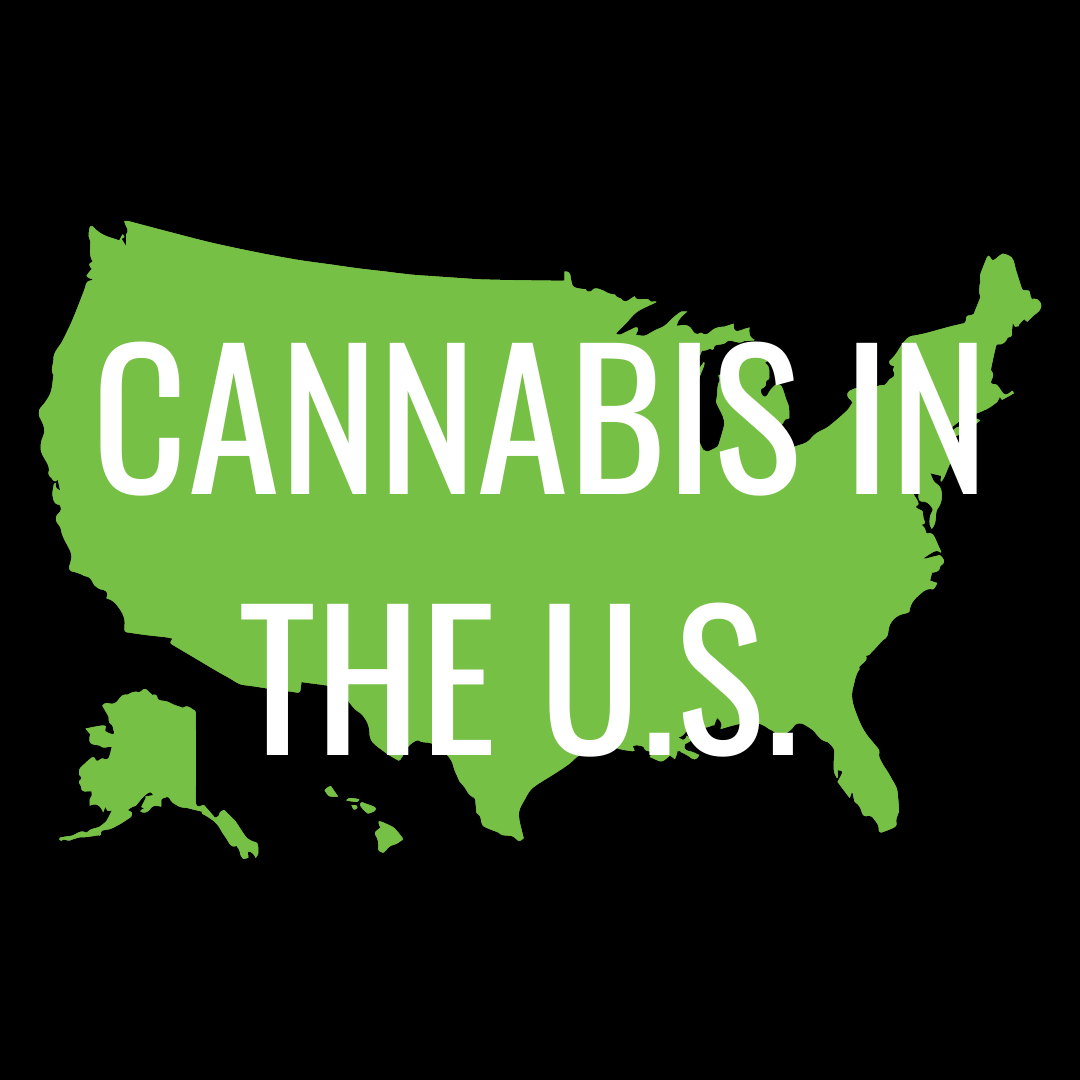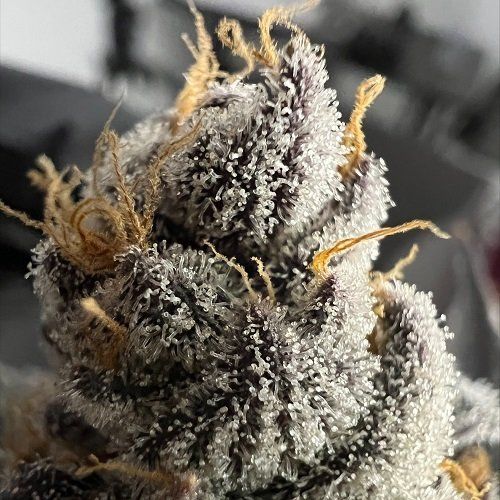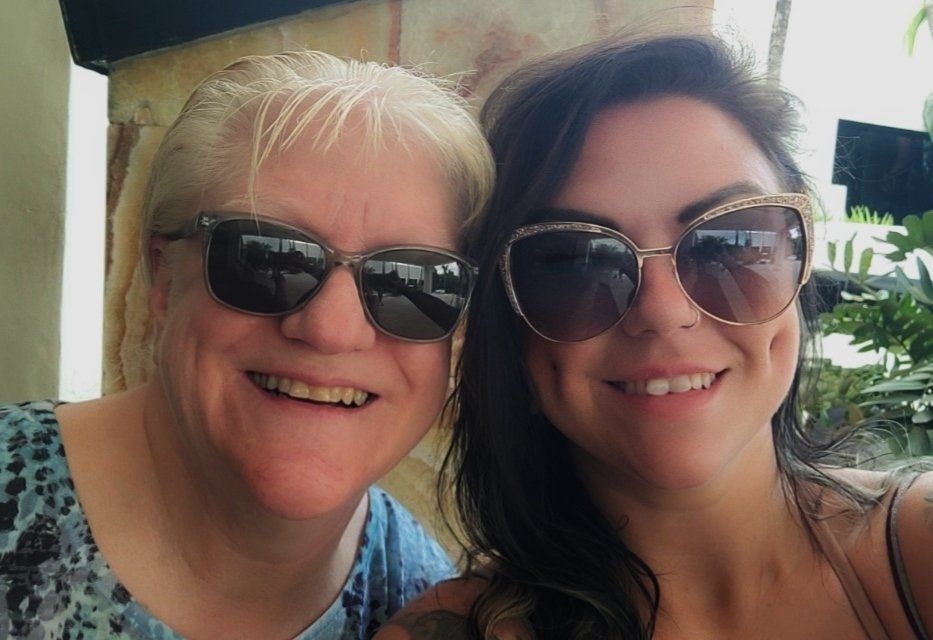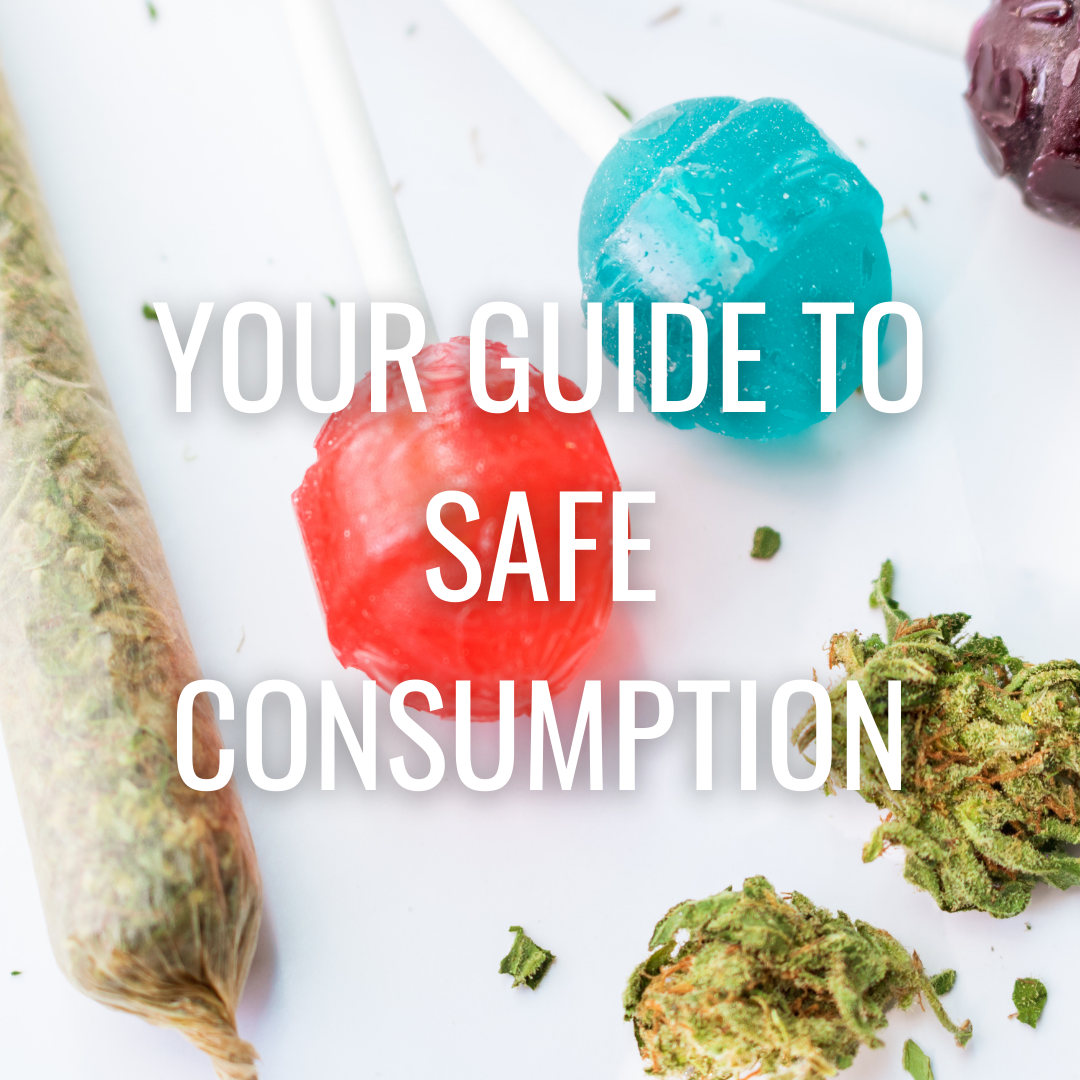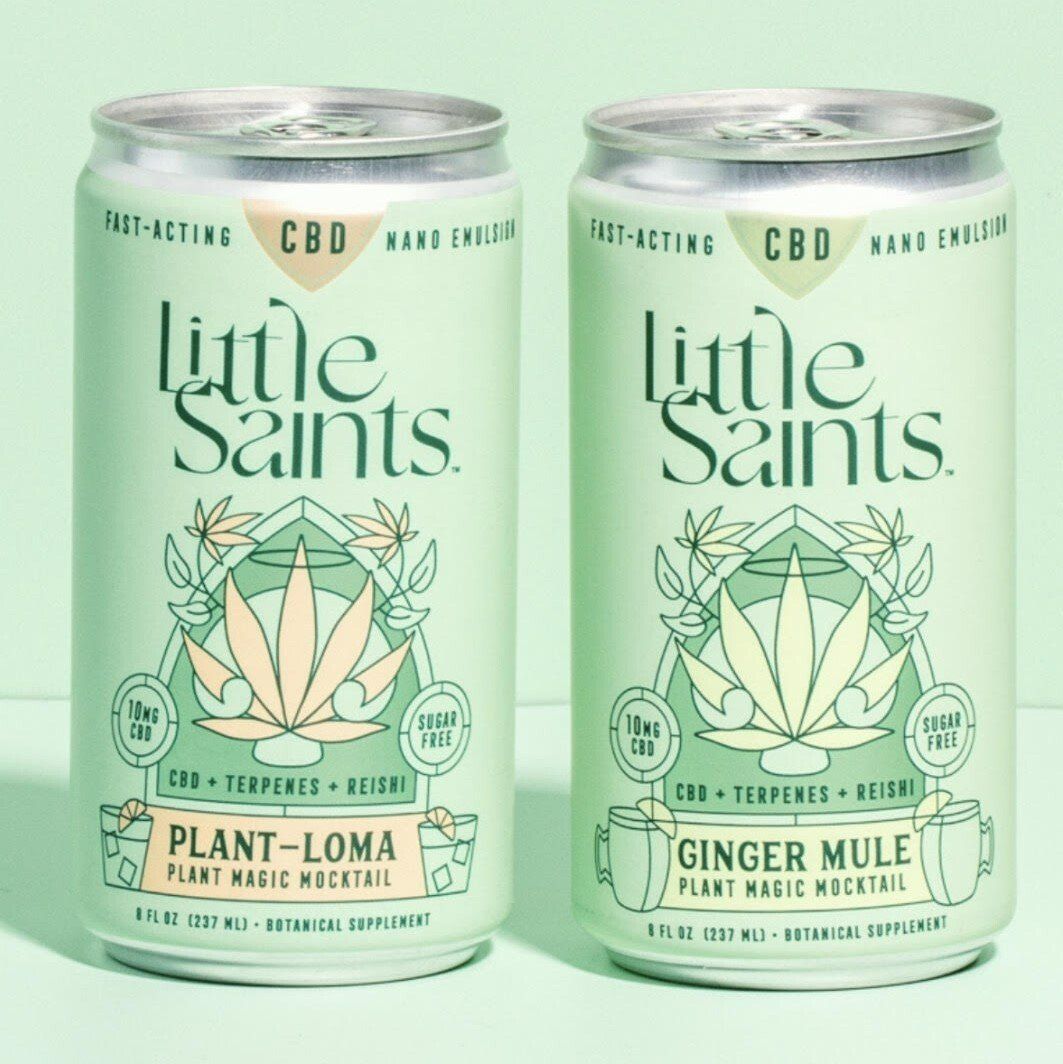Let's Talk About Where the Stigma Started.
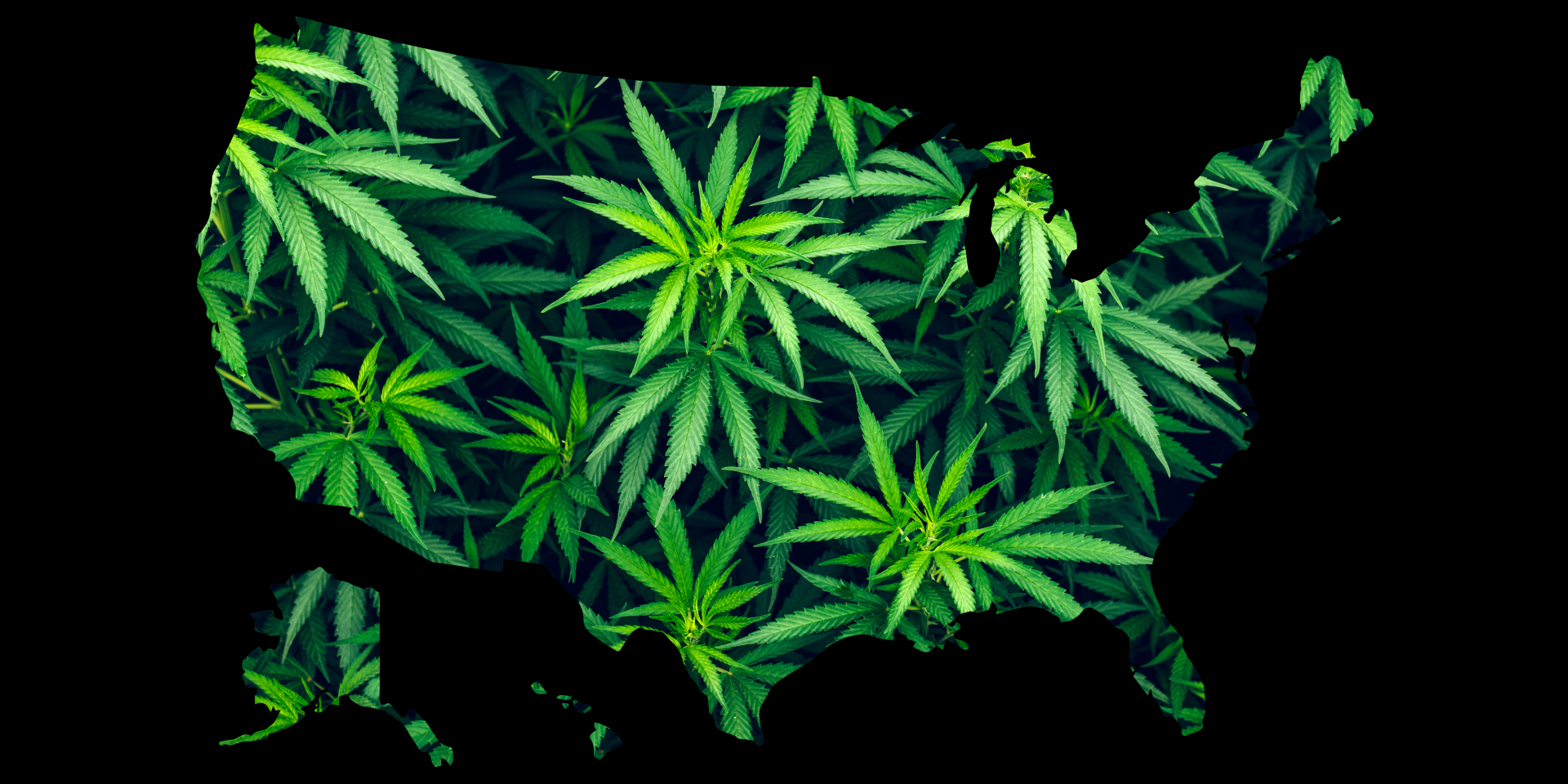
The history of cannabis is vast and a bit complex. By studying its origins and the effect it has had on people across the world (whether medically, socially, or politically) we can make informed decisions on our usage or lack thereof, create social change, and save lives. Do you know how your own personal opinion has been influenced by past propaganda and ongoing issues like racism? Read on for a brief history of the plant and how it’s shaped the way we view cannabis in the present day.
Cannabis use began in central Asia or western China with its first documented use in Emperor Shen Nung’s pharmacopeia in 2800 BC. It’s healing properties are mentioned in the texts of the Indian Hindus, Assyrians, Greeks, and Romans (History of Cannabis). Eventually the plant found its way to Africa, Europe, and the Americas where it was often used for manufacturing rope, clothing, paper, and its seeds as food. In the early 1600s it was required that the Virginia, Massachusetts, and Connecticut colonies grow hemp. These plants were particularly low in THC, the cannabinoid most responsible for the psychoactive effects you feel when you consume marijuana (Marijuana).
Did you know? The early drafts of the Declaration of Independence were written on hemp paper!
By the late 18th century, American medical journals really started reporting about the possible medical benefits from using the hemp seeds and roots. Highlights include the treatment of inflamed skin, incontinence, nausea, and venereal disease. In 1906 the Pure Food and Drug Act prompted the establishment of the Food and Drug Administration in order to give doctors control over chemical substances, which led to a serious shift for American drug policy. In 1914 drug usage became a crime under the Harrison Act. The act introduced a hefty tax on non-medical uses of opium and coca-derived substances and punished those who did not pay the tax (History of Medicinal Cannabis).
Around this time, Mexican immigrants made their way to the US after the Mexican Revolution of 1910. They brought recreational cannabis use with them, which quickly led to unfavorable associations being made between the plant and the immigrants; crime was seen as being linked with marijuana and the Mexicans that used it. The term “marijuana” was coined at this time in order to strengthen the association between the plants and Mexicans. In 1931 some states had made cannabis possession illegal after citizens started heavily fearing that the Mexicans were responsible for the high unemployment rates that occurred during the Great Depression (Marijuana Timeline).
In the early 1930s Harry Anslinger entered the picture as the first Commissioner of the Federal Bureau of Narcotics. His campaign was focused on race and violence, which he used to pose minorities and their substance use as the public enemy. His perspective aided in the popularization of the term “marijuana,” resulting in the plant appearing more closely linked with Mexicans, thus making the issue of prohibition one of racist origin. Shortly after, we see the development of “Reefer Madness.” The propaganda film did a number on the public’s perception of marijuana, linking it with loss of brain cells, extreme violence, and self-harm (Solomon, Robert).
In 1937 the Marijuana Tax Act was passed - this meant that marijuana was officially criminalized and the only individuals who could possess it had to pay an excise tax for certain authorized medical and industrial uses.
Did you know? Ancient Egyptians used cannabis for its anti-inflammatory and other medicinal properties (Ancient Egyptians).
In the early 1950s we saw the introduction of strict mandatory sentencing for drug-related offenses. Most of these mandatory sentences were repealed in 1970 as they were noted as being too harsh and unproductive in eliminating drug culture - the Comprehensive Drug Abuse Prevention and Control Act differentiated marijuana from other narcotics and ultimately got rid of mandatory federal sentencing for small amounts (Marijuana Timeline).
Moving on to the 60s, the white upper middle class started to use cannabis more heavily and a shift in the public perspective began to take place. The Vietnam war was being heavily protested at this time, which led to the appearance of the plant at rallies across the nation. Attendees were able to find common ground through their distaste for war and their enjoyment of weed, resulting in a strong sense of unification amongst protestors (McMahon, Xandra).
In 1969 the Marijuana Tax Act was deemed unconstitutional as it was found to violate the fifth amendment, leading to self-incrimination by requiring users to identify themselves when paying marijuana taxes (The Marihuana Tax Act of 1937). The next year the Controlled Substances Act was passed to continue the effort of making cannabis federally illegal. During this time, the Shafer Commision was established by the Nixon Administration to help promote the supposed dangers of cannabis. The commission ultimately suggested that cannabis use was not as detrimental as originally thought and actually suggested decriminalization - the Administration and Congress ignored the recommendation and decided to proceed with the CSA. This is when cannabis officially became a schedule 1 substance, meaning it was deemed to have no medical benefit and a high potential for abuse. John Elrichman, senior advisor to Nixon, is reported as having stated that by creating an association between certain minorities, free thinkers, and substances they would be able to systemically place these groups in a negative light that ultimately harmed their well-being and ability to participate in society (Solomon, Robert).
Since then, the rules and regulations around cannabis have been rapidly evolving. Marijuana is still federally illegal due to the Controlled Substances Act, but states are taking matters into their own hands - some states have chosen to make recreational use fully legal, while others are operating medically or testing the waters with CBD. To see an up-to-date map on legalization status in the U.S., click
here.
Got questions? Feel free to shoot an email to
[email protected] and we’ll respond as soon as we can. If you learned something new today, please spread the wealth and have difficult conversations around marijuana legalization with your friends, family, and if you’re comfortable - a stranger. Always remember to be respectful and open-minded in your discussion.
Citations:
“History of Cannabis.” The University of Sydney , https://www.sydney.edu.au/lambert/medicinal-cannabis/history-of-cannabis.html.
“The History of Medicinal Cannabis.” Montana State Legislature , https://leg.mt.gov/content/Committees/Interim/2009_2010/Children_Family/Emerging-Issue/mmga-presentation-cannabis-history-aug2010.pdf.
“Marijuana.” History , 10 Oct. 2019, www.history.com/topics/crime/history-of-marijuana .
“The Marihuana Tax Act of 1937.” High Times , 13 July 2018, hightimes.com/culture/the-marihuana-tax-act-of-1937/. Accessed 23 Dec. 2021.
“Marijuana Timeline | Busted - America’s War on Marijuana | FRONTLINE.” PBS,
https://www.pbs.org/wgbh/pages/frontline/shows/dope/etc/cron.html
McMahon, Xandra. “In ‘Grass Roots,’ a History of Marijuana in America.”
Colorado Public Radio , 9 Apr. 2018,
www.cpr.org/show-segment/in-grass-roots-a-history-of-marijuana-in-america/ .
Solomon, Robert. “Racism and Its Effect on Cannabis Research.”
Cannabis and cannabinoid research vol. 5,1 2-5. 27 Feb. 2020, doi:10.1089/can.2019.0063
“This Is How Scholars Think Ancient Egyptians Used Cannabis 3,500 Years Ago.”
GreenEntreprenuer,
28 Jan. 2021, https://www.greenentrepreneur.com/article/364054
RIZE is a registered Michigan Limited Liability Corporation, and not affiliated with any other state or national organization. All information on our website is provided for informational purposes only and is not intended to be a substitute for medical advice under any circumstance. Always consult your primary care physician or other qualified healthcare provider prior to using marijuana or a marijuana product for treatment of a medical condition.


